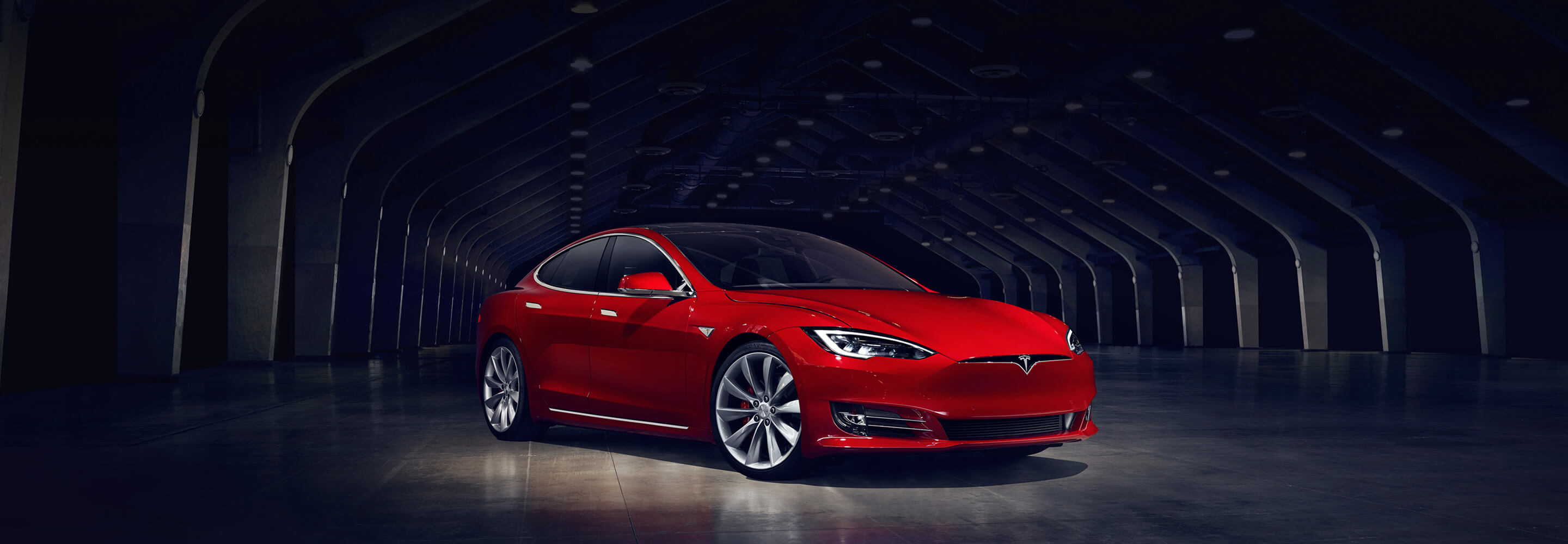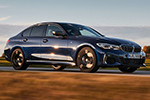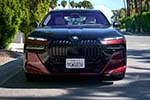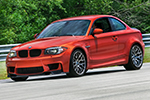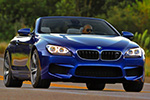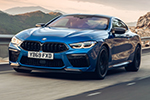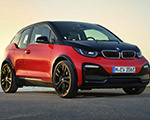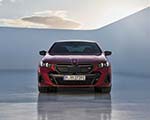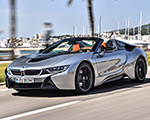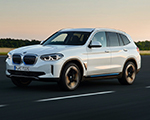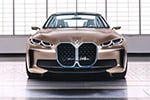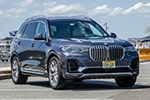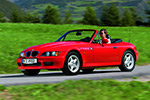At the moment, fully autonomous vehicles simply are not possible. Machines cannot replicate the human mind when it comes to driving an automobile. Our ability to see situations in real time, understand them and recognize what to do simply cannot be replicated by computers yet. However, the day when it is possible is likely coming and Tesla wants to be prepared. That’s why the Silicon Valley-based brand is offering a suite of self-driving hardware technology on all new vehicles, right now, so that when the software catches up to the hardware, owners will be ready.
Of course, because of this, Elon Musk is claiming that Tesla is the car company with the first fully-autonomous capabilities. Which is true, if you forget that it’s not. I do admit that I admire Tesla’s moxie, offering a suite of new hardware to customers that they can’t even use yet, but might be able to in a few years. That’s bold. That’s bolder than bold. And it gets even more so when you factor in the cost.
Musk told reporters that this suite of eight cameras and various other sensors would cost $8,000 (although if you add up the cost of the packages on Tesla’s site, it’s $10,000). That’s a lot of money to spend on a car for options you can’t even use for years to come and on a car you may not even own by the time you actually can use them.
Plus, who’s to say that the hardware included in the package (eight cameras, twelve ultrasonic sensors with 360 degree monitoring capability and a very powerful on-board processor) won’t be outdated by the time fully autonomous capabilities arrive? What if a new company, or even Tesla itself, develops a new technology that makes cameras and sensors a thing of the past? With technology so rapidly advancing these days, as new tech makes year-old tech obsolete every day, it’s not a far-fetched idea. Could these sensors theoretically allow a new Tesla to be completely self-driving if software were to catch up? Probably, but that’s a big “if” and there’s no immediately foreseeable future where that “if” becomes a “when”.
Edwin Olson, Associate Computer Science Professor the University of Michigan recently told a Vox reporter “There’s a long ways to go in all of these areas,” speaking about autonomous driving. “And reliability is the biggest challenge of all. Humans aren’t perfect, but we’re amazingly good drivers when you think about it, with 100 million miles driven for every fatality. The reality is that a robot system has to perform at least at that level, and getting all these weird interactions right can make the difference between a fatality every 100 million miles and a fatality every 1 million miles.” So we’re really not that close to perfecting self-driving cars, which makes preemptively buying hardware for a technology that doesn’t fully exist yet somewhat silly.
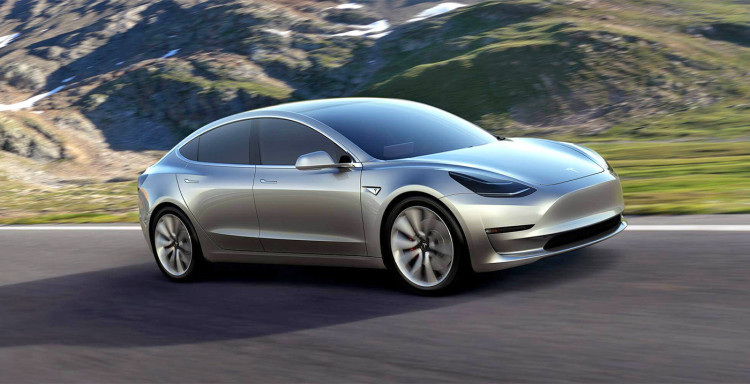
I admire Tesla’s can-do attitude and dedication to creating self-driving vehicles. It’s admirable and definitely the future for the automotive industry. But not everyone is convinced. According to Edmunds Inc analyst Jessica Caldwell, this suite of options is a “vanity purchase” for both Tesla buyers. It allows buyers to boast about how they technically have fully-autonomous capabilities and it allows Musk to claim Tesla is the first company to do so, which is arguable.
Is the hardware impressive? Yes, it is. It features a series of cameras and sensors and enough processing power to monitor everything around it. That is, indeed, impressive. Even Tesla’s current Autopilot system is very impressive. However, without clever enough software, software that can replicate a human’s ability to recognize and diagnose any situation possible, it might not be as useful – for now.


